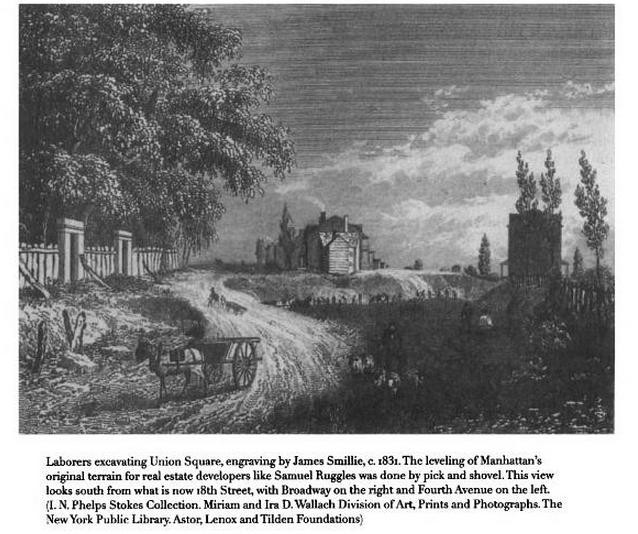In New York City, Topography is Hurricane Destiny

Throughout the recent history of humanity at least, if not all of it, one thing has always been true. Rich people have their primary homes on hills, and their secondary and tertiary homes at sea level. That way when they lose their beach houses, they can fly their helicopters back to the main house.
Two articles are getting a good bit of attention in the wake of Hurricane Sandy: There’s this, about the “hideous inequality” of New York: “Divides between the rich and the poor are nothing new in New York, but the storm brought them vividly to the surface. There were residents like me who could invest all of their time and energy into protecting their families. And there were New Yorkers who could not.” True! And then there’s this, about bankers and how they suffered in their own way. (JP MORGAN CLOSED ITS DUMPLING BAR.) (If I can be fair to Wall Streeters for a minute, I am sure that there are plenty of bankers who have not bathed or left their office tower for days now, and that is not fun.)
But really the rich and poor story of New York City is topography.
There is, duh, a reason everything is called Clinton and Richmond and Boerum and Murray and Cobble HILL, and Park SLOPE, and Brooklyn and Greenwood and Morningside and Washington and Hamilton HEIGHTS, it seems obvious to point out. And that that is where, for the most part, the real nice houses are. (Carroll Gardens, likewise, is directly atop a hill.) Poor people, in general, live in the valleys, and down the slopes, and by the water. They live in the landfill of Alphabet City and the marshy edges of Manhattan, and then it floods. (Lord knows what it would be like if we hadn’t largely leveled Manhattan.) Rich people, still, own nice houses on the hill. (And some of us in the middle rent floors in them.)
If you want a fairly useful picture of class divisions in New York City, and also one of who gets the shaft during a hurricane, just get a nice topographical map.
While that’ll basically remain true, what with the $2-million-plus Clinton Hill townhouse, but as New York City spreads, and you get your towers on the far west side of Trumptown, and your new condos on the Gowanus and in Williamsburg, and all that jazz — you get richer people squeezing out poorer people.
But nice new housing stock floods almost as easily as old housing stock.
Not that it’ll matter too much in the Horrible Dystopian Future, when Washington Heights, at 265 feet above sea level, looks out over the vast submerged plain of lower Manhattan.
Image and caption from Gotham:A History of New York City to 1898.
